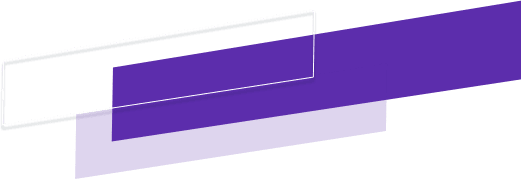Call to Schedule an Interview (917) 794-3878

OUR CLASSES
MOVEMENT 3
Movement 3 challenges actors to work for physical release, ease, strength and simplicity. The training in this class will develop the actor’s use of breath, center of gravity control and generating physical power.

Movement 3: The Suzuki Method
Physical simplicity is the mark of a seasoned, well-trained actor. This is incredibly difficult to achieve, and takes a great deal of training and work on your physical instrument. Great actors are able to strip away all of the unconscious, pedestrian, and habitual physical patterns that clutter the clarity of a character. Anything that is an impediment to your ability as an actor to be simple, but also free and experientially alive must be eliminated from your work.
The Suzuki Method is considered one of the most vigorous and powerful training methods for actors, challenging and instilling in them strength, physical simplicity and presence, three essential qualities to any serious actor. Developed by renowned Japanese theater director Tadashi Suzuki and The Suzuki Company of Toga, The Suzuki Method of Actor Training looks at the actor’s use of breath, the center of gravity and energy to develop power, presence and precision both physically and vocally.
Physical and Vocal Energy
Suzuki believes that acting begins and ends with the feet. His work incorporates stomping, squatting, and statue work to help the actor connect to the earth. It was an integral part of the training at NYC’s renowned SITI CO, and is often combined with Ann Bogart’s Viewpoint technique, which our students receive in Movement IV. This rigorous physical discipline borrows elements of traditional Japanese theater (Noh and Kabuki), Greek theater, ballet and martial arts. The physical vocabulary of these basic training forms hones an actor’s physical awareness, imagination, vocal power, will, and strength. Actors trained in The Suzuki Method develop rich and resonant voices and cultivate powerful physical and vocal energy.
This 12 week, 24-class semester is the culmination of the physical training at the Maggie Flanigan Studio. Building on the freedom and release that is developed with the Williamson Technique in Movement 1 and Movement 2, and the dynamic physical behavior created with The Viewpoints in Movement 3. This movement class for actors challenges the student to work for physical release, ease, strength and simplicity.
Resonant Voice and Solid Technique
When combined with a resonant voice and a rock-solid acting technique, our students are fully capable of producing vivid, fully realized human behavior. Any artist must master their instrument, and for the actor this is the totality of you. Physical training is at the core of the Maggie Flanigan Studio conservatory, and we believe it should be a priority for any serious actor. If you are looking to compete at the highest level of this art form, you will be auditioning alongside actors who have been working on their bodies and voice for years. You will need to possess the ability to showcase range and dimension. Fully transformational acting requires a mastery of the actor’s instrument. This is the work that will make this a possibility for you.




Movement 3 is a 12-week course with 24 classes
Movement 3 is a prerequisite for Movement 4.
STUDENT TESTIMONIALS

“Movement III not only created a safe space for me to fail, it helped me discover and learn that within failure itself lies the compelling, interesting behavior and choices just waiting to be discovered. Tina’s energy, passion, and mastery of her craft made me an instant Suzuki fan. Run(and stomp!), don’t walk to her class!”

Danielle Barrett

“Movement did wonders for easing my terrible, terrible nerves before auditions and performances. Many issues that came up while doing the work in the core acting class were solved in this class. The skills honed in this class apply to all areas of the acting craft.”

Kasey Huzinga

“Movement 3 was the most important class for my instrument as an actor. This class gave me the tools with which to diagnose the tension in my body and in a way that cracked open my work as an actor.”

Chris Nunez
CONTACT
Address:
147 W 25th St 5th Floor
New York, NY 10001
Phone:
Email:
LATEST POSTS



© 2024 MAGGIE FLANIGAN STUDIO. All rights reserved. | Terms and Conditions | Privacy | Sitemap



TINA MITCHELL
Tina has worked internationally as a Teaching Artist in New York, Australia and Colombia. Her extensive training covers a wide range of acting techniques including Stanislavski, Meisner, Yat Malmgren’s approach to Laban Movement Psychology and Character Analysis, Uta Hagen, The Suzuki Method of Actor Training and Viewpoints.


MOVEMENT 3
Movement 3 challenges actors to work for physical release, ease, strength and simplicity. The training in this class will develop the actor’s use of breath, center of gravity control and generating physical power.



ACTING STUDIO NEW YORK NY
The Maggie Flanigan Studio is the leading acting studio in New York City where professional actors train for long careers. The acting programs at the drama school are based on the Meisner Technique and the work of Sanford Meisner. The two year acting program includes acting classes, movement classes, voice and speech for actors, commercial acting classes, on camera classes, cold reading, monologue, playwriting, script analysis and the Meisner Summer Intensive.

Call to Schedule an Interview








